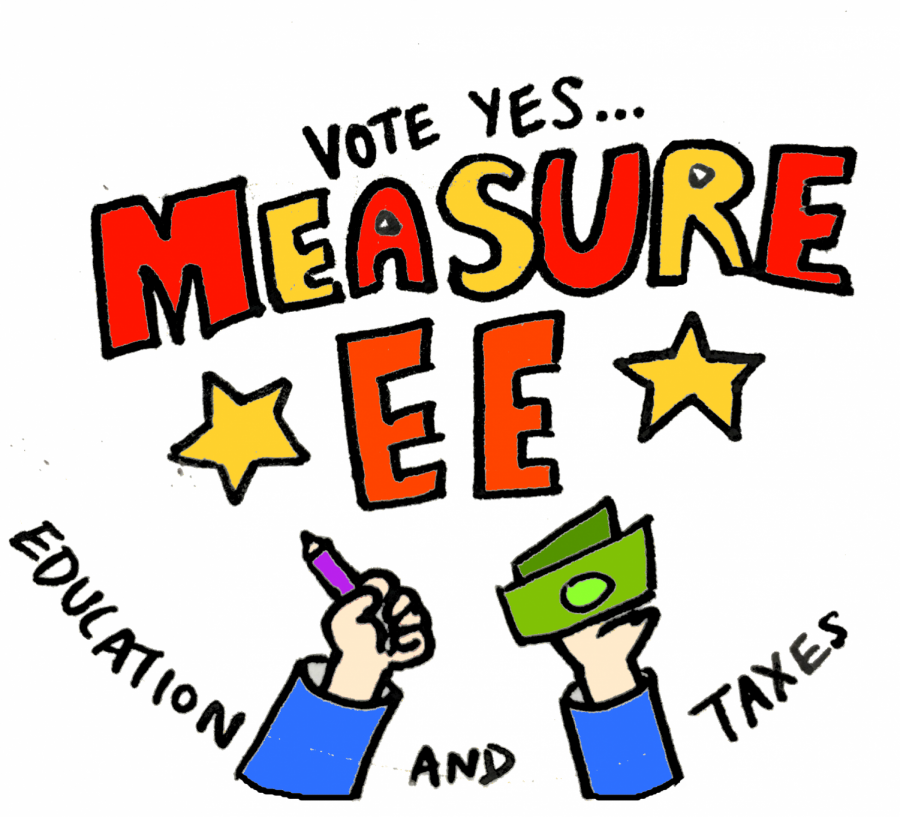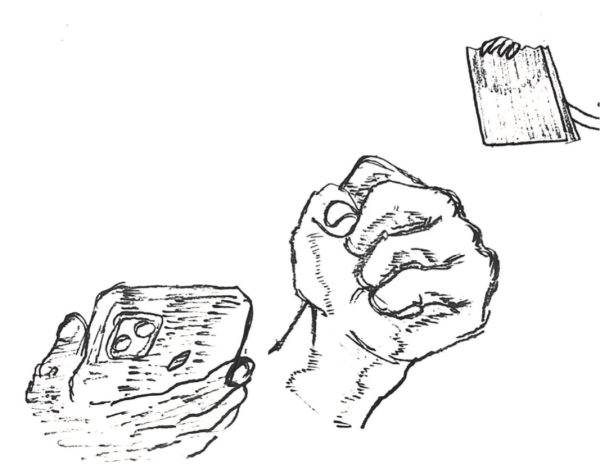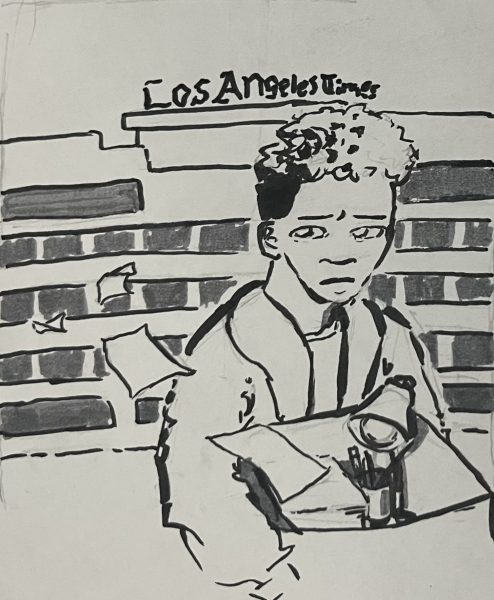Editorial: Voting Yes on Measure EE Gives LAUSD a Chance to Be Responsible
June 2, 2019
According to Forbes, California ranks 37 out of 50 states in the quality of public school systems, which factors in funding, performance, safety, class size and teacher credentials. As for per-student funding, the state is 44 out of 50 states.
For California’s largest school district, the Los Angeles Unified School District, the funding of and the allocation of funds for over 1,200 schools is its biggest concern. Not long after the six-day LAUSD strike led by the United Teachers of Los Angeles in January, LAUSD called for a special local school funding election to be held on June 4. Voters will be able to decide on whether Measure EE, a 16-cent-per-square-foot property tax, will be in place for the next 12 years if passed by a two-thirds vote in favor.
If put into place, Measure EE would rake in a whopping $500 million in taxpayer money annually for Los Angeles that would go towards the following as listed in the ballot: smaller class sizes; student support such as school nurses, librarians and counselors; necessary school resources; hiring “high-quality” teachers; making schools safer and more welcoming and supporting disadvantaged students. These improvements embody the three-year plan that is part of the post-strike contract; this plan was meant to be a safety net for LAUSD’s unpredicted budget for the 2021-2022 school year, as LAUSD is spending much more than it is getting per year.
While voting in favor of Measure EE may seem like the most plausible idea for meeting all of UTLA’s costly demands, it is important to regard the red-flagged past of LAUSD’s misuse of taxpayer funds. The half-billion dollars coming in would help LAUSD measure up to its obligations, which it seems to be drowning in, such as the $15.2 billion in retirement care the district promised its teachers; the district currently has only $244 million. Spending on such incentives will only go up as LAUSD’s goal to attract higher quality teachers will require more money, yet its promised support for veteran teachers looms over its back.
The ballot also has no mention of prohibiting this increased revenue for LAUSD from being used disproportionally on taking care of the district’s expensive long-term retirement program and pension for teachers. This may raise some concern from students and new teachers who are thinking that they can hold LAUSD responsible with an annual financial audit prepared by the LA Unified Chief Fiscal Officer.
While there is an exemption from paying the parcel tax for those who are older than 65 or are lower income, that does not mean this tax for homeowner teachers, parents or businesses will be easily paid for the next 12 years. This generation of students and new teachers who will just be starting to make their own living on a lower salary will face the consequences of such a tax in their late-20s to early-30s, not the older generations who decided on such a tax. Here’s the amount they would have to pay: according to PropertyShark, it is calculated that a person with a median Los Angeles home of 1,800 square feet would pay about $3,456 in total for the 12 years. And even those who don’t own property might see the measure weave its way into higher rent or costs for smaller businesses.
Voting yes on Measure EE means an investment on a district that desperately needs the funding, along with an opportunity for LAUSD to responsibly reform how the district is run. A no vote means the panic of school officials running a consistently underfunded district.










